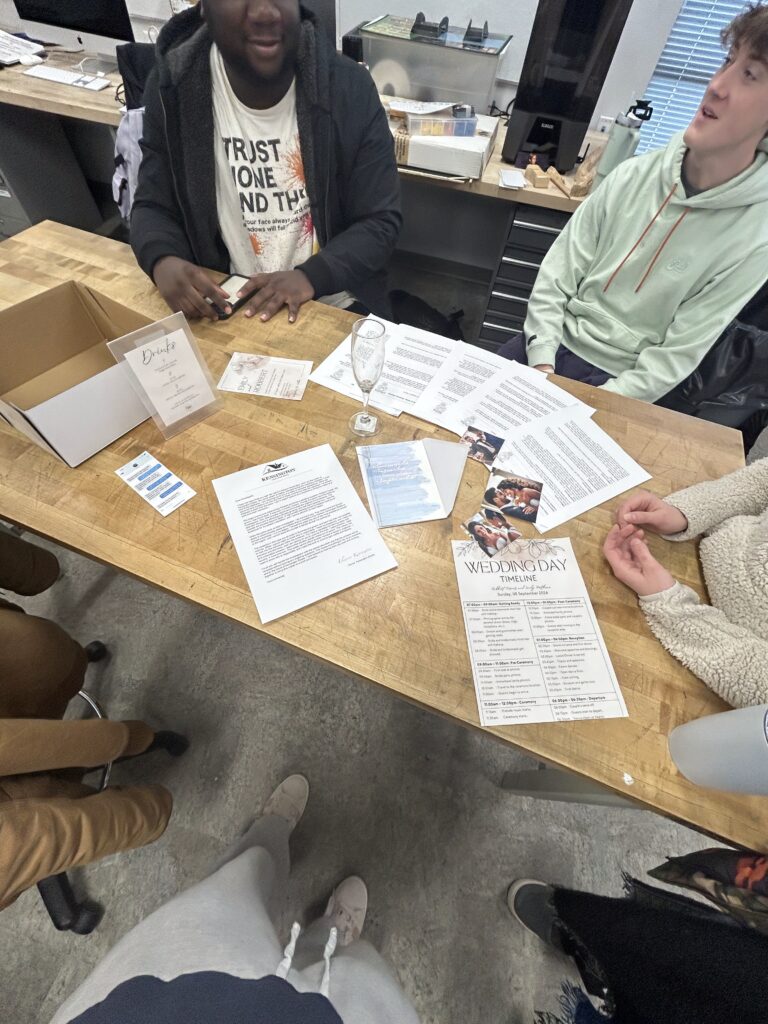Reading Responses:
Mary Flanagan’s Definition: Flanagan highlights that games are not just about play but also about critical engagement, where players experience agency and meaning through interaction with rules, environments, and narratives. Her approach acknowledges the social, political, and cultural aspects of games, emphasizing the potential of games to reflect and shape real-world issues.
Chris Crawford’s Definition: Crawford, a game designer, defines games more strictly as interactive experiences where players make decisions based on challenges. Crawford is focused on the interactive nature of games, viewing them primarily as a form of simulation where players’ actions directly affect the outcome.
Katie Salen & Eric Zimmerman’s Definition: Salen and Zimmerman describe games as systems with rules that create goals and outcomes, emphasizing the experience of play. They focus on structured interaction and the balance of skill and chance in achieving outcomes. Their definition highlights the game as a framework that players navigate to achieve objectives.
The difference between these definitions is primarily in the focus: Flanagan’s is more inclusive of the cultural and critical dimensions of games, Crawford’s focuses on interactivity and decision-making, and Salen & Zimmerman focus on systems and structure in gameplay.
What is an Activist Game?
An activist game is one that is designed with the intent to provoke social, political, or cultural change. These games seek to engage players in critical thinking about real-world issues such as inequality, human rights, or environmental concerns, encouraging them to take action or reflect on their role in these issues. Activist games can also challenge traditional narratives and power structures, using gameplay as a tool for social commentary.
Perfect Information Games
Games like Go and Chess are described as featuring perfect information, where all players have access to the same knowledge about the game’s state at any time. Other examples of games with perfect information include:
- Checkers: Like chess, it is a deterministic game with no hidden information.
- Tic-Tac-Toe: A simple example of a game with perfect information, where both players can see the entire game board and the history of moves.
- Reversi (Othello): Another game where players have full visibility of the state of the game at all times.
Chance or Gambling Games and Their Spiritual or Religious Importance
Chance or gambling games were often seen as involving forces beyond human control, linking them to concepts of fate, divine will, and spiritual or religious significance. Ancient cultures might have considered these games as a way to connect with the divine or to interpret omens, as the randomness of chance was thought to reflect the will of the gods or spirits.
The Earliest Battle Between Government/Religious Groups and Games
Historically, the conflict between governments/religious groups and games can be traced back to the prohibition of gambling or certain leisure activities. The earliest significant battles might be seen in the context of Ancient Rome or medieval Europe, where certain games were outlawed for their connection to gambling or as distractions from religious and state duties. In the modern era, games like Dungeons & Dragons (often demonized in the 1980s) or video games with violent content (such as Grand Theft Auto) have faced similar opposition.
Fox Games and Modern Examples
A fox game is one where the player is given some knowledge, but not all, about the game’s situation, leading to uncertainty and a need for strategic thinking. Modern examples might include games with hidden information like Werewolf, Clue, or Mafia, where players must use deduction and social manipulation based on incomplete information.
Mansion of Happiness
The Mansion of Happiness was an early American board game designed to promote moral and spiritual lessons. Players advanced by making choices that aligned with Christian virtues such as honesty, kindness, and piety. The purpose of the game was to reinforce moral values through the structure of gameplay, providing a form of instruction for players, particularly children.
Fluxus and Surrealist Artists Playing Games
Artists from the Fluxus and Surrealist movements often played games to explore the boundaries of art and to challenge the rules of conventional society. Surrealists believed that games, particularly those that involved chance or randomness, could help break free from the constraints of rational thought and enable players to access a deeper, unconscious level of creativity. Games offered a space to experiment with absurdity, symbolism, and the irrational.
Changes and Reskinning in Games
Games can signal profound changes when they are reskinned or repurposed for new cultural or historical contexts. During WWII, for example, pinball machines were often modified (reskinned) to reflect patriotic or war-related themes, thus aligning with the war effort. The reskinning of games like Monopoly or Ping Pong by Fluxus artists also aimed to subvert traditional values, transforming the experience of these games into something more critical or experimental.
Fluxus Artists and Reskinning Games
By reskinning games like Monopoly or Ping Pong, Fluxus artists were making a statement about the nature of art, play, and societal values. They sought to disrupt the established meanings and functions of these games, turning them into tools for creative expression, social critique, or commentary on capitalist values.
Artists Using War Games
Artists like Lilian Ball, Marcel Duchamp, Takako Saito, Yoko Ono, Gabriel Orozco, and Ruth Catlow used games (including war games) to engage with issues of conflict, violence, and power dynamics. These artists often used war-themed games as a medium to explore or critique militarism, the human cost of war, and the commodification of violence. By using games as artistic tools, they could challenge the traditional portrayal of war and the way it is embedded in culture.
The Importance of Player Agency in Critical Games
In critical or serious games, player agency—the ability to make meaningful decisions and influence the game’s outcome—is essential. It allows players to actively engage with the game’s themes, narratives, and mechanics, fostering a sense of ownership over their experience. Without agency, players may feel disconnected from the game’s message or fail to experience the transformative potential that critical games can offer.
Empathy Game Ideas
A Walk in Their Shoes: This game puts players in the shoes of various characters from different walks of life—people experiencing poverty, discrimination, or other challenging life situations. (The player would be viewing their character as if they were looking down at their shoes throughout the game). Through interactive storytelling and decision-making, players experience the daily struggles and triumphs of these characters, fostering a deeper understanding of their perspectives. The game uses branching narratives where each decision impacts the story and shows the consequences of choices, highlighting how external factors (like social class, race, or health) affect one’s life trajectory.
Thron and Blossom: In Thorn and Blossom, you play as a new patient in a mental health facility. The hospital is designed with a central, neglected greenhouse that hasn’t been tended to in years. As you begin to interact with other patients—each dealing with their own personal struggles and emotional battles—the greenhouse starts to come to life, reflecting the emotional states of the characters around you. As their stories unfold and you develop bonds with them, the plants in the greenhouse begin to flourish, symbolizing the healing power of connection and empathy.
Wings of the Storm: In Wings of the Storm, you play as a bird soaring through a vast and dynamic sky. The clouds above are not just weather patterns, but manifestations of negative emotions—such as anxiety, anger, sadness, and fear. As the bird, you must navigate through or around these stormy emotional clouds, each one affecting your flight in different ways. The game’s focus is on perseverance, emotional resilience, and understanding the complexities of inner struggles.
Murder Mystery: Similar to those of “To Hunt a Killer”, a group of players would work together with pieces of evidence to help solve a heartbreaking murder case. There would be lots of room for exploration theme-wise, but tying in an event like a wedding where emotions are at an all-time high could add to the experience.
Echos of the Lost: Echoes of the Lost is an alternate reality game where players take on the role of a “memory detective,” tasked with uncovering the forgotten stories of individuals who have been lost to history or memory—whether due to tragedy, societal oppression, or other reasons. The goal of the game is not only to uncover the truth about these lost stories but also to reconnect with the emotions and experiences of these people, developing empathy for their lives and struggles.
The twist: Players are part of a secret online community of “Memory Archivists,” and they must use real-world clues, interact with actors portraying historical characters, and gather physical artifacts to unlock the mysteries of these forgotten lives. The more players engage with these stories and empathize with the struggles of the people involved, the closer they come to uncovering their fates—and, ultimately, revealing why their stories were lost to time



